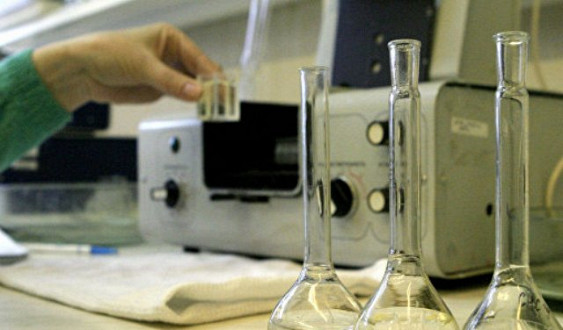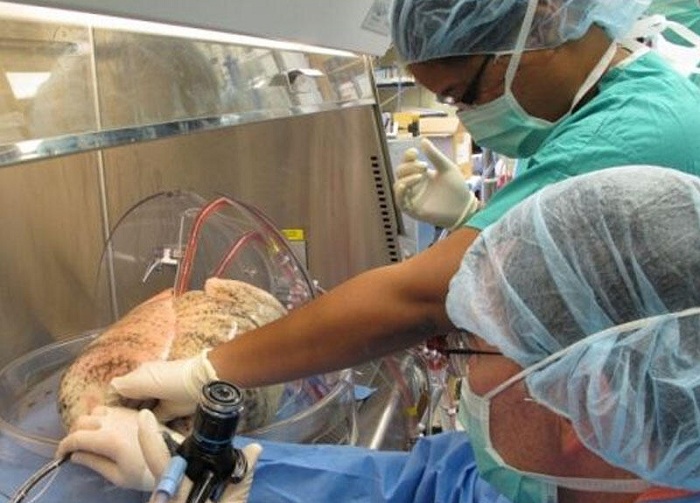
- A-
- A
- A+
Reusable carbon nanotubes could be the water filter of the future
A new class of carbon nanotubes could be the next-generation clean-up crew for toxic sludge and contaminated water, say researchers at Rochester Institute of Technology.
Enhanced single-walled carbon nanotubes offer a more effective and sustainable approach to water treatment and remediation than the standard industry materials—silicon gels and activated carbon—according to a paper published in the March issue of Environmental Science Water: Research and Technology.
RIT researchers John-David Rocha and Reginald Rogers, authors of the study, demonstrate the potential of this emerging technology to clean polluted water. Their work applies carbon nanotubes to environmental problems in a specific new way that builds on a nearly two decades of nanomaterial research. Nanotubes are more commonly associated with fuel-cell research.
“This aspect is new—taking knowledge of carbon nanotubes and their properties and realizing, with new processing and characterization techniques, the advantages nanotubes can provide for removing contaminants for water,” said Rocha, assistant professor in the School of Chemistry and Materials Science in RIT’s College of Science.
Rocha and Rogers are advancing nanotube technology for environmental remediation and water filtration for home use.
“We have shown that we can regenerate these materials,” said Rogers, assistant professor of chemical engineering in RIT’s Kate Gleason College of Engineering. “In the future, when your water filter finally gets saturated, put it in the microwave for about five minutes and the impurities will get evaporated off.”
Carbon nanotubes are storage units measuring about 50,000 times smaller than the width of a human hair. Carbon reduced to the nanoscale defies the rules of physics and operates in a world of quantum mechanics in which small materials become mighty.
Similar News
Links


 Elm TV
Elm TV
 Photo
Photo
 Video
Video





